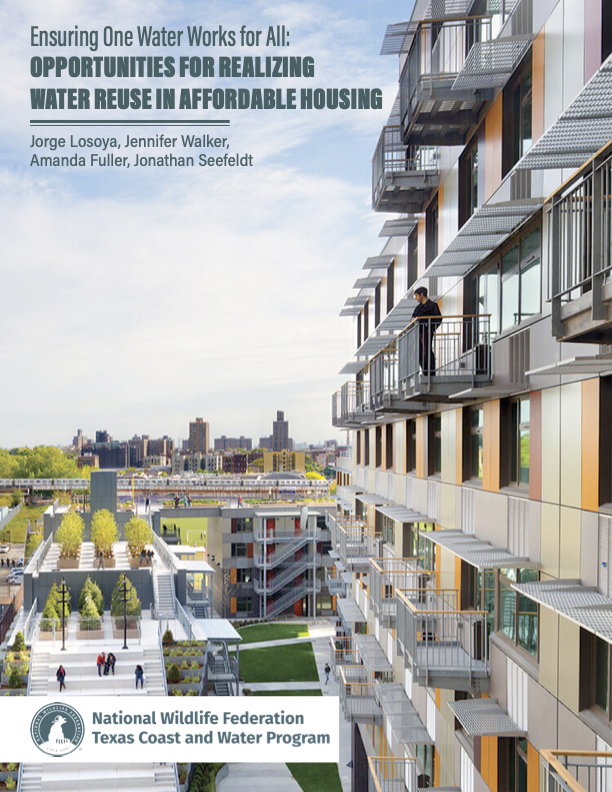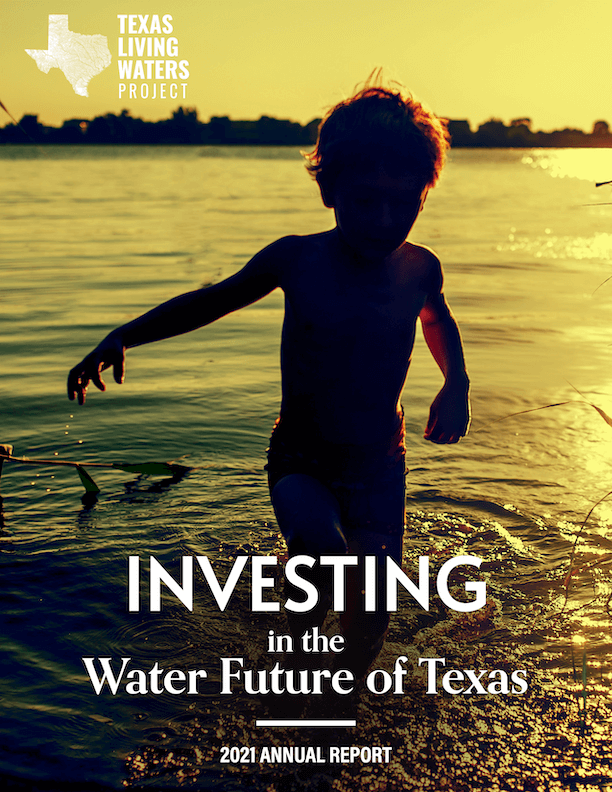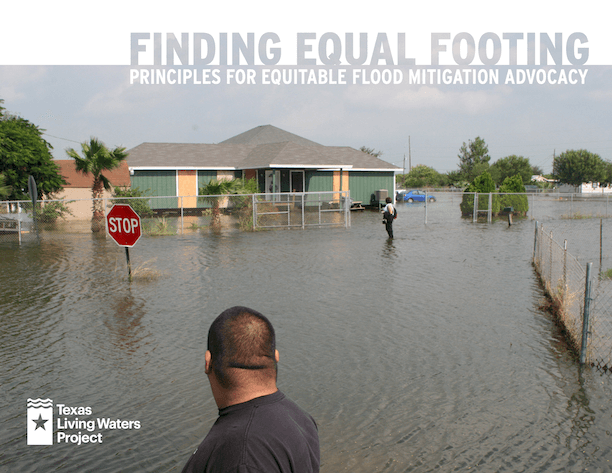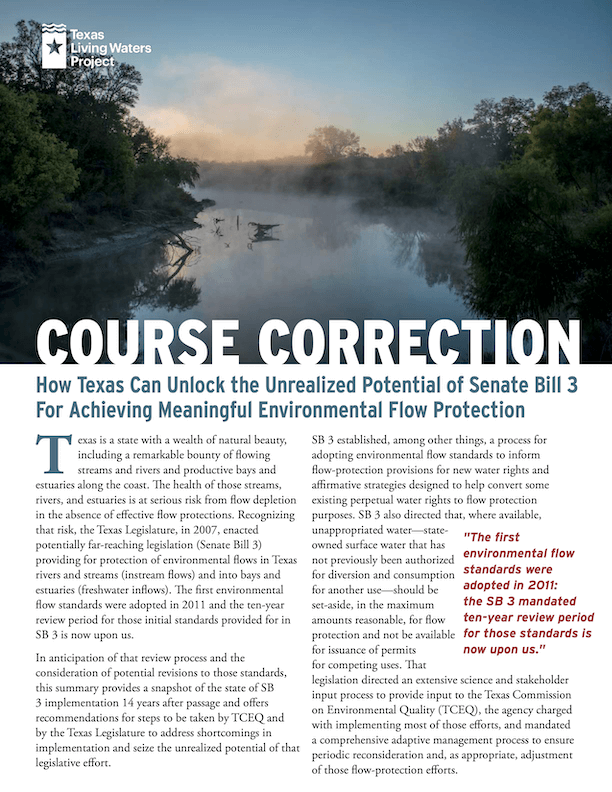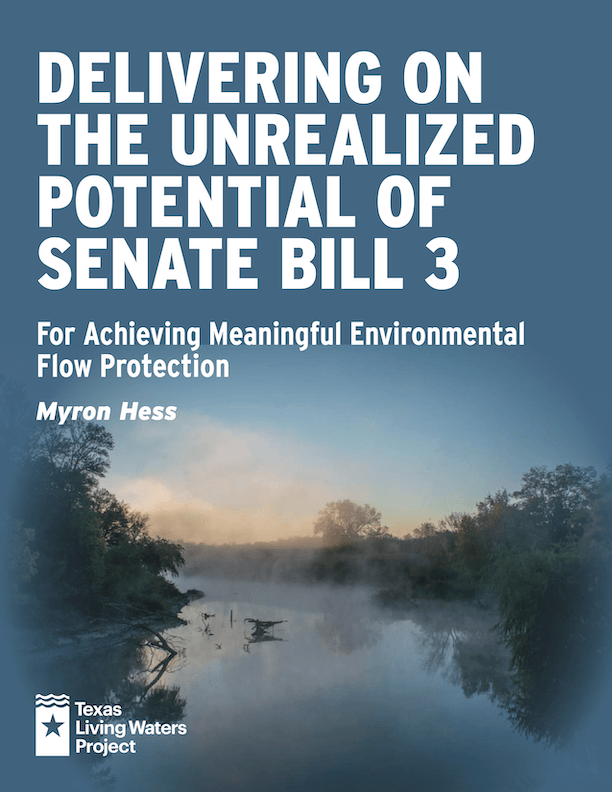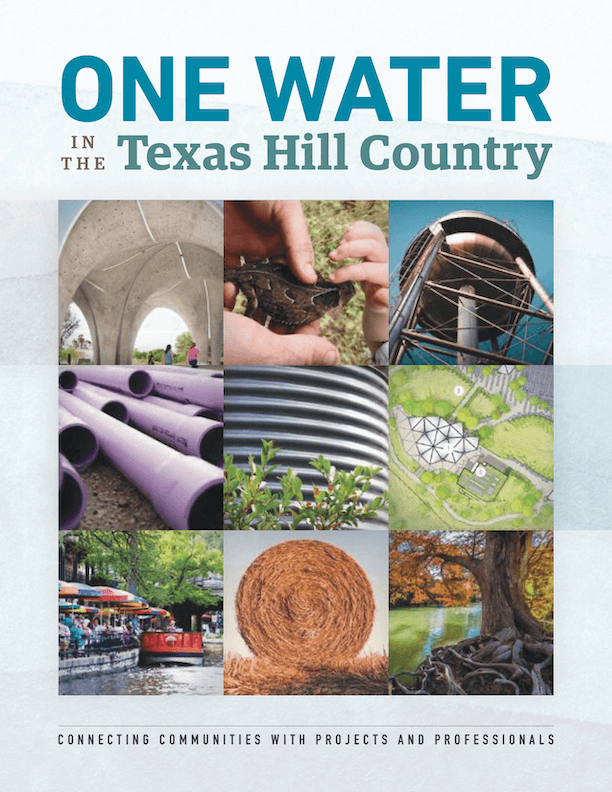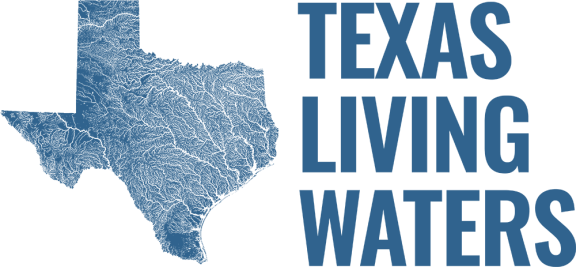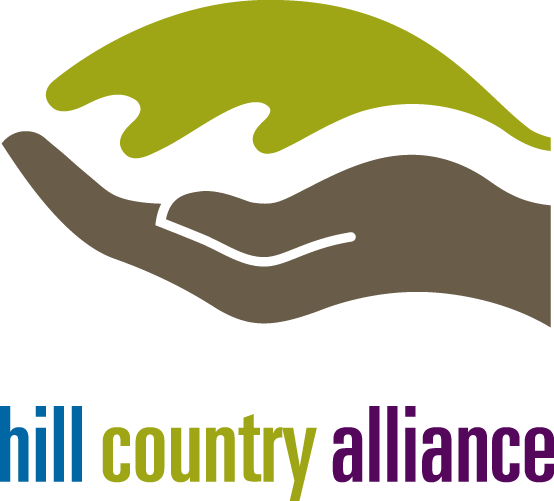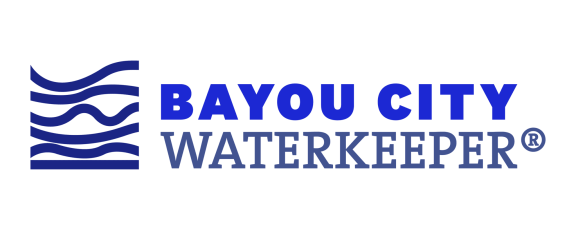DIVE DEEPER
Our Research and Publications
Our Most Recent Work
September 1, 2022
Texas water systems lose at least 572,000 acre-feet per year —about 51 gallons of water per service connection every day. That’s enough water to meet the total annual municipal needs of the cities of Austin, Fort Worth, El Paso, Laredo, and Lubbock combined. It’s a lot of water.
Our first of its kind in-depth analysis quantifies just how much water each region of Texas is losing, explores how much could be cost-effectively saved, and outlines how the state can set itself onto a path of more efficient, effective water infrastructure.
The bottom-line: addressing water loss is one of the most effective ways Texas can ensure it has enough water for its growing population.
April 20, 2022
Based on a wide-ranging set of interviews and case-studies, this nationwide study finds strategic integration of onsite water reuse can bring financial and quality-of-life benefits to affordable housing residents. Onsite collection, treatment, and non-potable use of local water sources such as air conditioning condensate, rainwater, and graywater can pass on long-term savings to both residents and owners of multi-family affordable housing developments.
In addition, onsite reuse in affordable housing helps spread climate-resilient technologies to urban populations often passed-over in commercial water reuse and green infrastructure initiatives.
The report details the benefits of onsite reuse; identifies existing barriers; describes available funding sources; outlines specific recommendations for cities, utilities, and developers; and provides a wealth of case studies of existing affordable housing projects that have successfully integrated onsite water reuse.
January 14, 2022
We are pleased to share with you our 2021 Year in Review, Investing in the Water Future of Texas.
From more than a dozen published reports to podcasts to film festival awards, 2021 was a year we truly spread the word on Texas water. 2021 also signaled the 20-year anniversary of the Texas Living Waters Project. Our report includes a colorful timeline of TLW milestones illustrated by our very own One Water and Water Equity Fellow, Jorge Losoya.
We invite you to dive into Investing to see where we’ve been this year and where we plan to go. Be sure to click on report covers and other images, there’s a wealth of interactivity and extra content built-in.
None of our work would be possible without your support, and we remain deeply grateful as you join us in the journey to build a more resilient, more equitable future for all of Texas.
October 25, 2021
The effects of flooding are not spread evenly across all communities in Texas. Long-term under-investment and disinvestment of flood mitigation infrastructure in communities of color and low-income communities continues to lead to disproportionate flooding impacts in these underserved communities. In this brief document, the organizations of the Texas Living Waters project lay out a set of core principles to guide our advocacy work in order to ensure we work towards a more equitable future as we advocate for funding and solutions in flood-prone communities.
September 30, 2021
Texas is a state with a wealth of natural beauty, including a remarkable bounty of flowing streams and rivers and productive bays and estuaries along the coast. The health of those streams, rivers, and estuaries is at serious risk from flow depletion in the absence of effective flow protections. Recognizing that risk, the Texas Legislature, in 2007, enacted potentially far-reaching legislation (Senate Bill 3) providing for protection of environmental flows in Texas rivers and streams (instream flows) and into bays and estuaries (freshwater inflows). The first environmental flow standards were adopted in 2011 and the ten-year review period for those initial standards provided for in SB 3 is now upon us.
In anticipation of that review process and the consideration of potential revisions to those standards, this summary provides a snapshot of the state of SB 3 implementation 14 years after passage and offers recommendations for steps to be taken by TCEQ and by the Texas Legislature to address shortcomings in implementation and seize the unrealized potential of that legislative effort.
September 30, 2021
More than a decade in the making, this report provides a comprehensive analysis of the history and current state of Texas’ landmark environmental flows regulatory framework established by Senate Bill 3 (SB 3). Noted environmental flows expert, Myron Hess, assesses the mandates laid out by SB 3 and their state of implementation a decade into the process.
While his findings are deeply concerning, Hess also lays out a path forward, providing practical, workable solutions for the Texas Commission on Environmental Quality and the state legislature to revive the SB 3 process and protect the state’s endangered natural heritage.
September 23, 2021
This guidebook, a joint project of the Hill Country Alliance and National Wildlife Federation, is intended to connect Hill Country communities facing growth and increased demands for water with water professionals experienced with One Water strategies, planning, implementation, design and construction. We interviewed engineers, architects, planners and landscape designers to gain insight into the realities of One Water projects, and within these pages feature the 14 selected professionals along with an example project each completed in Texas.
Finding and connecting with consultants who can be trusted with a community’s most precious resource—its water—is a serious undertaking, and we hope this guidebook gives you a good place to start. Our organizations are committed to help you along the way as well.
September 16, 2021
Texas lawmakers have a unique opportunity to address the state’s fragile water infrastructure with the American Rescue Plan Act (ARPA) explicitly authorizing the use of federal funds to make needed investments in water and sewer infrastructure. A broad coalition of rural, conservation, and equity-focused organizations today released a set of proposed guidelines to help Governor Abbott and the Texas Legislature take full advantage of ARPA funding for water infrastructure purposes.
